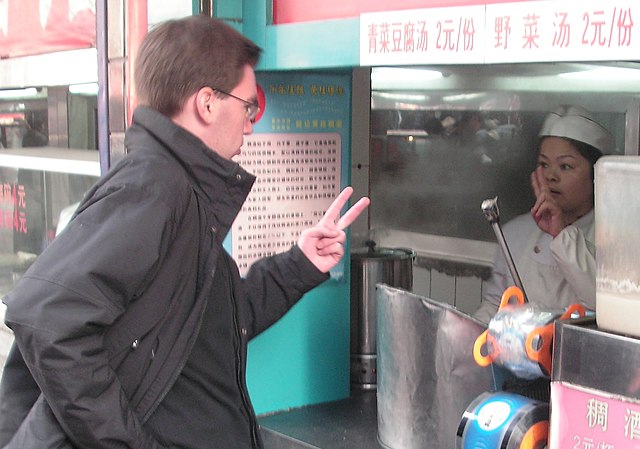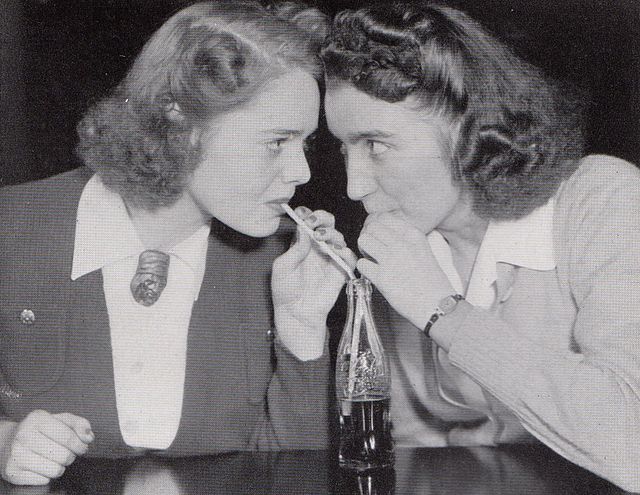Nonverbal communication (NVC) is the transmission of messages or signals through a nonverbal platform such as eye contact (oculesics), body language (kinesics), social distance (proxemics), touch (haptics), voice (paralanguage), physical environments/appearance, and use of objects. When communicating, we utilize nonverbal channels as means to convey different messages or signals, whereas others can interpret these message. The study of nonverbal communication started in 1872 with the publication of The Expression of the Emotions in Man and Animals by Charles Darwin. Darwin began to study nonverbal communication as he noticed the interactions between animals such as lions, tigers, dogs etc. and realized they also communicated by gestures and expressions. For the first time, nonverbal communication was studied and its relevance questioned. Today, scholars argue that nonverbal communication can convey more meaning than verbal communication.

Understanding each other through hand and eye expression; seen in a street near the bell tower of Xi'an, China
Charles Darwin wrote The Expression of the Emotions in Man and Animals in 1872.
Policeman directing traffic by gesture
Information about the relationship and affect of these two skaters is communicated by their body posture, eye gaze and physical contact.
Eye contact occurs when two people or animals look at each other's eyes at the same time. In people, eye contact is a form of nonverbal communication and can have a large influence on social behavior. Coined in the early to mid-1960s, the term came from the West to often define the act as a meaningful and important sign of confidence and respect. The customs, meaning, and significance of eye contact can vary greatly between societies, neurotypes, and religions.
Two figures making eye contact in Caravaggio's The Fortune Teller
Two students locking eyes
Encouraged eye contact by narrowing the visible face down to the eyes. Either to flirt (with the camera) or to tolerate having one's image taken by staying anonymous while watching the counterpart.
Two men staring each other in the eye during a political debate








